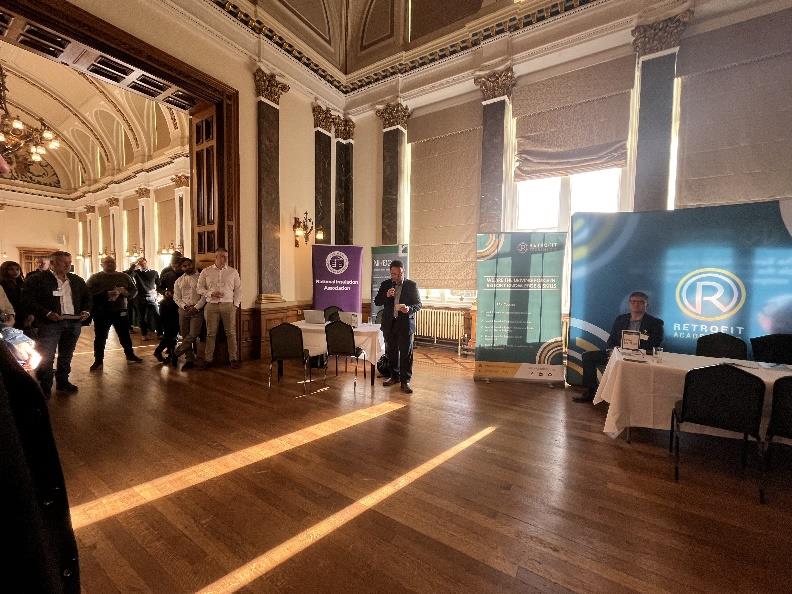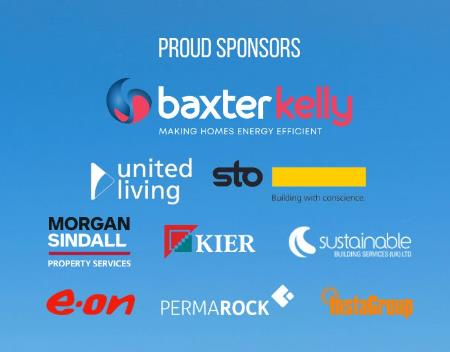
Summary – Scottish Government Heat in Buildings Proposals
Yesterday, the Scottish Government published two consultations setting out its long-term regulatory approach for decarbonising heat in buildings. The deadline for both consultations is March 2024.
Please see a summary of both consultations’ proposals below.
Consultation on proposals for a Heat in Buildings Bill
The Scottish Government has published a consultation setting out its plans for a new Heat in Buildings Bill. The main draft proposals for the Bill include:
- Private rented homes will be required to meet a minimum energy efficiency standard no later than 2028.
- Owner-occupied homes will be required to meet the same minimum energy efficiency standard by the end of 2033.
Minimum Energy Efficiency Standards (MEES)
The Scottish Government is proposing a MEES that can be met by installing an agreed ‘List of Measures’. This list would prioritise high impact, low cost and low disruption measures. Any property which has installed these measures – or as many of them as are feasible – would be considered to have reached a good level of energy efficiency and meet the new standard.
The ’List of Measures’ is being consulted on but could potentially include:
In addition to this ‘List of Measures’, residents would also be able to demonstrate their compliance with the MEES through an EPC assessment.
Minimum Energy Efficiency Standards by sector
- Owner occupied homes that have installed a clean heating system by 2033 will not be required to meet the MEES.
- Private rented properties would still be required to meet the MEES even if a clean heating system has already been installed.
- The Scottish Government is not proposing to set a MEES for non-domestic buildings.
The Scottish Government does not intend to prohibit the sale of properties which do not meet the MEES by 2033. However, properties in the private rented sector which don’t meet the MEES by the end of 2028 would not be allowed to be let out to new tenants.
The deadline for responding to the consultation is 8 March 2024.
Consultation on a new Social Housing Net Zero Standard in Scotland
Alongside its Heat and Buildings Bill proposals, the Scottish Government has released a consultation on a new Social Housing Net Zero Standard (SHNZS). This proposed standard would replace the existing EESSH2 (Energy Efficiency Standard for Social Housing 2), which currently requires that all social housing meet EPC Band B, or be as energy efficient as practically possible, by the end of 2032. The Scottish Government expects the new SHNZS to be introduced in 2025 at the earliest.
The proposed SHNZS includes:
- A fabric efficiency rating
- A requirement to replace polluting heating systems with a clean heating system by 2045.
Fabric Efficiency Targets
The EESSH2 review group recommended setting fabric efficiency targets as a range to reflect the heterogenous nature of the housing stock. The consultation proposes two options as to how this could be implemented.
Option 1
Option 1 proposes setting a fabric efficiency target which would need to be met by 2033. Proposed ranges for this target (roughly equivalent to a range of EPC C to B) are:
– 112 – 162 kWh/m2/year (space heating and domestic hot water demand); or
– 71 – 120 kWh/m2/year (space heating demand)
Option 2
Option 2 would introduce a two-stage target for improving energy efficiency. For example, all homes to reach:
1. A fabric efficiency rating of 71 – 120 kWh/m2/year (EPC C equivalent level) by 2033.
2. A higher fabric efficiency target of 71 kWh/m2/year or better (EPC B equivalent level) by 2040.
This approach reflects the ambition in the fuel poverty strategy of achieving EPC C equivalent by 2033 and then EPC B by 2040, where technically feasible and cost effective.
Minimum Fabric Efficiency Standard
For properties where it will be challenging for social landlords to meet proposed fabric efficiency targets, the Scottish Government is seeking views on a minimum standard, which could be met by installing an agreed ‘List of Measures’. This would require social landlords to install as many of the listed measures as is technically feasible and cost effective for a property. The ‘List of Measures’ would be the same as those set out in the proposals for a Heat in Buildings Bill.
Social housing cannot be re-let if the minimum fabric efficiency standard is not met by 2028.
The consultation will close in March 2024.








